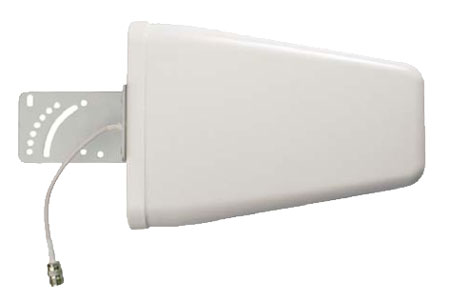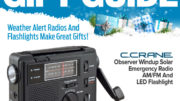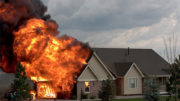What’s the best outdoor cell antenna? Whichever one works best for you, of course. When you’re looking for a new cell booster, you need the facts. Often times what works for one situation won’t work for another. That’s why booster makers like Wilson have different antennas for different needs. By taking a good look at your situation, you’ll be able to decide which outdoor antenna to use.
The omni antenna
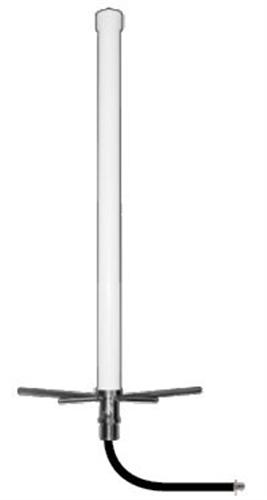
An omni antenna like this one will pick up cell signals from all directions equally. Omni antennas look like steel rods, or cylinders, or sometimes like discs. This is the perfect antenna to use if you are between several towers but none of them is super-strong, or if you get good reception outside but poor reception inside. Omni antennas are usually included in cell booster kits because they’re the easiest to install, requiring no aiming at all other than making sure they’re high enough to get past any obstacles.
The panel antenna
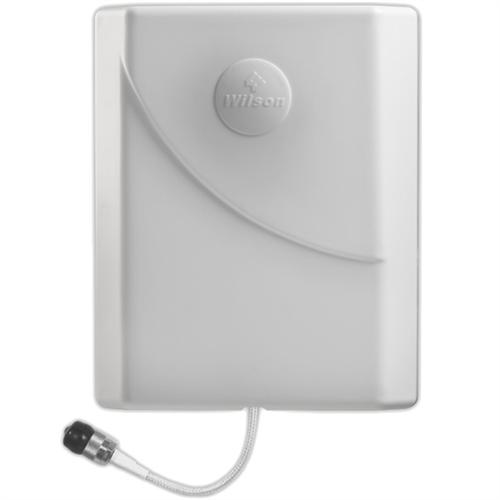
A panel antenna like this one does a great job reaching one or more towers that are all roughly in the same direction, but far away. If you live out in a rural area and your cell towers are all in town, this might be the one for you. Panel antennas need to be roughly aimed, but they’re pretty forgiving as long as you’re within about 50 degrees of the compass heading of your towers. You can use a free resource like OpenSignal to get some idea where the towers in your area are. Panel antennas are often the most expensive because they’re a good mix between the flexibility of an omni antenna and the power of a directional one.
The yagi or log periodic antenna

Technically yagi antennas are different from log periodic ones, but when it comes to cell antennas the differences are slight so we’ll discuss them together. A log periodic antenna generally looks like a wedge while a yagi looks more like a tiny TV antenna. Both are used to get a really strong signal from a great distance. That sounds good, but both the yagi and log periodic require careful aiming, generally within 5-10 degrees of the tower, in order to get the best result.
Some things you need to know…
Not every antenna works with every booster.
Some boosters use 75 ohm cable while some use 50. An antenna that works with one will require an adapter to work with the other, so it’s better to choose the right antenna in the first place.
It’s best to use FCC-approved kits.
We’ve created a variety of kits that can be used to upgrade your booster. Just go to our product page for the booster you’re looking for. There, you can see the expansion kits designed for your booster in the “Features” tab. Using approved expansion kits makes it easy to get all the parts you need. That way you can make sure your booster’s operating right.
We’re here to help.
We have a team of experts prepared to get you the help you need. We’ll help you pick a booster and the accessories that go with it. Just go to our cell booster request form and give us as much information as possible and we’ll let you know what you need!

